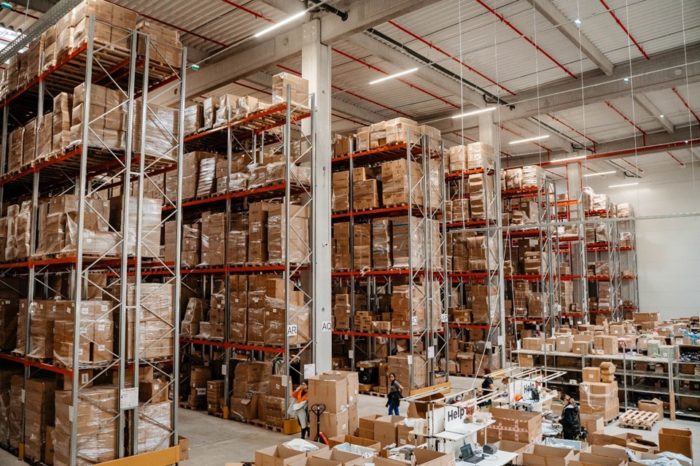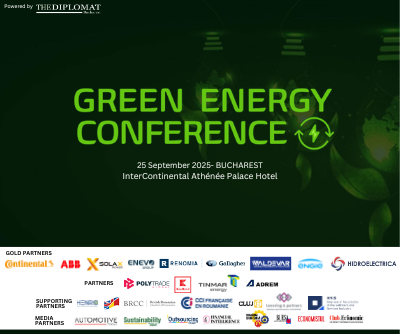Colliers: Romania offers some of the highest investment incentives in the EU for industrial and office projects

Romania is attracting increasing attention from investors considering Central and Eastern Europe for industrial or office developments, thanks in part to generous government incentives that can cover up to 70 percent of eligible project costs, according to Colliers’ latest report.
This high level of support provides a significant competitive advantage for developers and investors, especially as strategic location, cost efficiency and sustainability become key decision-making factors. However, Colliers experts warn that government support alone is not enough. Companies weigh many other factors when making strategic investment decisions, and Romania’s internal imbalances and political uncertainty remain a challenge. In 2024, Romania lags behind other major CEE economies in terms of announced manufacturing investment.
“Romania stands out in the region for the strength of its government support, particularly for manufacturing. Government support can be the deciding factor for companies looking to expand or relocate, especially in today’s changing geopolitical landscape. The country is also becoming increasingly attractive for business services, offering well-located, modern premises backed by favourable public policies”, said Victor Coșconel, Partner | Head of Leasing | Office & Industrial Agencies at Colliers.
However, even incentives covering up to 70 percent of eligible costs – compared to 50-60 percent in countries such as Poland or Hungary – are not enough. According to fDi Markets, Romania recorded 1.7 billion euro in announced manufacturing investments in 2024, with the potential to create more than 8,900 new jobs. By comparison, the Czech Republic, Hungary and Poland will each attract between 2.5 billion euro and 2.9 billion euro.
“State aid is only one piece of the puzzle when it comes to investment decisions. While Romania is generous in this respect, it cannot fully offset other concerns. Global and domestic uncertainties – together with the potential for significant fiscal changes in the medium term – outweigh the additional support Romania offers compared to other CEE countries. Transparency and resolution in these areas are essential. Fundamentally, Romania remains highly attractive, with the best labour productivity-wage ratio in the European Union”, added the Colliers director.
In the services sector, the dynamics are somewhat different. While many office projects are not directly eligible for financial support, cities such as Cluj-Napoca, Iași and Timișoara offer valuable indirect benefits, ranging from tax incentives to access to strategic tenants that favour locations supported by public policies. Owners who know how to take advantage of these mechanisms can gain a real competitive edge in the leasing market. Romania also benefits from a well-educated workforce and competitive operating costs, although its stock of modern logistics and office space per capita remains low, indicating strong growth potential.
“Government support can be a decisive factor in attracting key tenants, especially in the face of increasing regional competition. Property owners who effectively communicate these benefits can improve occupancy and increase returns. Even in the face of new regulations such as the global minimum tax, the CEE remains a top investment destination. In fact, 2024 data confirm a market recovery, with Poland seeing a 138 percent increase in investment volume. After a stagnant 2023, average regional economic growth is forecast at 1.9 percent in 2024, with a stronger acceleration expected in 2025”, said Victor Coșconel.
According to the Colliers report, Romania, Poland, Hungary, the Czech Republic, Slovakia and Bulgaria account for almost 90 percent of all modern industrial stock in the CEE-13. With just 0.7 square metres of logistics space per capita – compared to up to 3 square metres in Western Europe – the region shows strong long-term development potential. Meanwhile, the European Green Deal and ESG compliance pressures are accelerating investment in sustainable buildings and smart technologies – creating new opportunities for visionary investors and proactive developers.















